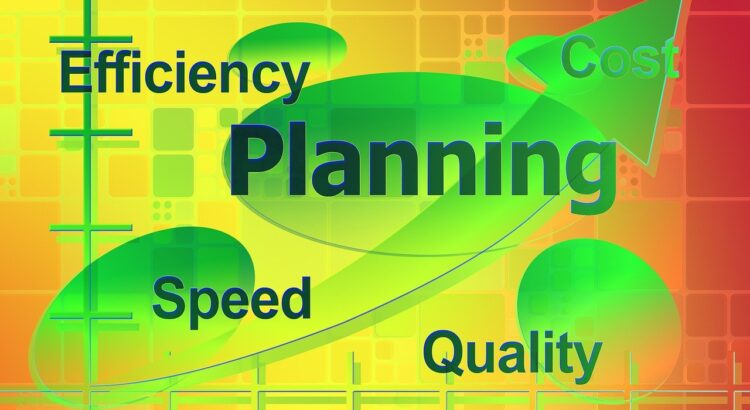Measuring power efficiency in datacenter storage is a complex endeavor. A number of factors play a role in assessing individual storage devices or system-level logical storage for power efficiency. Luckily, our SNIA experts make the measuring easier!
In this SNIA Experts on Data blog series, our experts in the SNIA Solid State Storage Technical Work Group and the SNIA Green Storage Initiative explore factors to consider in power efficiency measurement, including the nature of application workloads, IO streams, and access patterns; the choice of storage products (SSDs, HDDs, cloud storage, and more); the impact of hardware and software components (host bus adapters, drivers, OS layers); and access to read and write caches, CPU and GPU usage, and DRAM utilization.
Join us on our journey to better power efficiency as we begin with Part 1: Key Issues in Power Efficiency Measurement. Bookmark this blog and check back in February, March, and April for the continuation of our four-part series. And explore the topic further in the SNIA Green Storage Knowledge Center.
Part 1: Key Issues in Power Efficiency Measurement
Ensuring accurate and precise power consumption measurements is challenging, especially at the individual device level, where even minor variations can have a significant impact. Achieving reliable data necessitates addressing factors like calibration, sensor quality, and noise reduction.
Furthermore, varying workloads in systems require careful consideration to accurately capture transient power spikes and average power consumption. Modern systems are composed of interconnected components that affect each other’s power consumption, making it difficult to isolate individual component power usage.
The act of measuring power itself consumes energy, creating a trade-off between measurement accuracy and the disturbance caused by measurement equipment. To address this, it’s important to minimize measurement overheads while still obtaining meaningful data.
Environmental factors such as temperature, humidity, and airflow, can unpredictably influence power consumption, emphasizing the need for standardized test environments. Rapid workload changes can lead to transient power behavior that may require specialized equipment for accurate measurement.
Software running on a system significantly influences power consumption, emphasizing the importance of selecting representative workloads and ensuring consistent software setups across measurements. Dynamic voltage and frequency scaling are used in many systems to optimize power consumption, and understanding their effects under different conditions is crucial.
Correctly interpreting raw power consumption data is essential to draw meaningful conclusions about efficiency. This requires statistical analysis and context-specific considerations. Real-world variability, stemming from manufacturing differences, component aging, and user behavior, must also be taken into account in realistic assessments.
Addressing these challenges necessitates a combination of precise measurement equipment, thoughtful experimental design, and a deep understanding of the system and device being investigated.
In our next blog, Part 2, we will examine the impact of workloads on power efficiency measurement.
